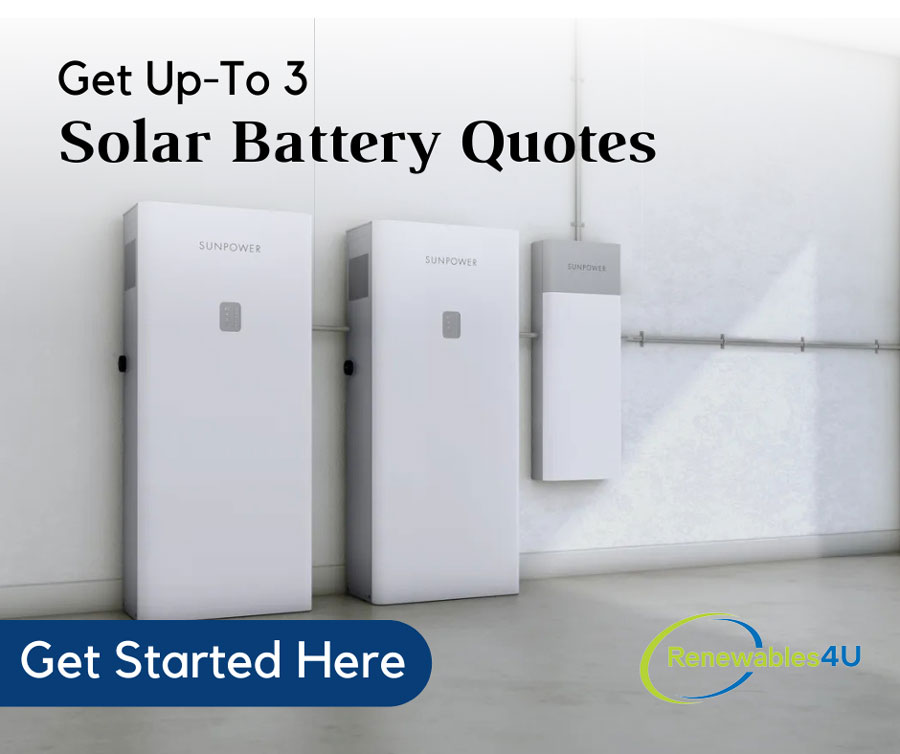
Selecting the right solar battery size is based on two factors: your solar system’s output and your home’s energy usage. Ideally, your battery should store enough energy to cover the nighttime and cloudy days.
We don’t want to make the simple mistake of investing in a battery purchase only to find there is insufficient excess solar power to charge the battery.
It all starts with assessing your energy needs and aligning them with the battery’s capacity. Here are some simple steps to help determine the best size for your solar battery:
Assess Daily Energy Usage
Understand your household’s energy consumption patterns. Review past electricity bills to gauge your average daily energy usage in kilowatt-hours (kWh).
Consider seasonal variations and any changes in usage habits. For example, does your home use a lot of overnight air conditioning in the summer but almost no overnight heating in the winter?
Calculate Nighttime Energy Consumption
Figure out how much the average energy your home uses at night. Let’s say your home uses 25 kWh of electricity each day.
During the day, about 60% of this, or 15 kWh, is used. The other 40%, which is 10 kWh, is used at night. The overnight usage usually comes from the grid, not your solar panels.
So, if you want to use a battery instead of the grid at night, you’ll need one that can handle at least 10 kWh to cover your nighttime usage.
Consider Solar Output
Now, let’s think about your solar panels and the energy they make. You want to know how much power they create during the day and how much of that power you actually use in your home.
This is where we talk about the ‘solar self-consumption ratio.’ It’s a way to measure how much of the solar energy you produce is used up by your own home’s activities. We aim to use most of the solar power we produce because it’s free energy after the cost of installing the panels.
Here’s a general idea of what solar self-consumption might look like, although it will vary from your actual consumption.


